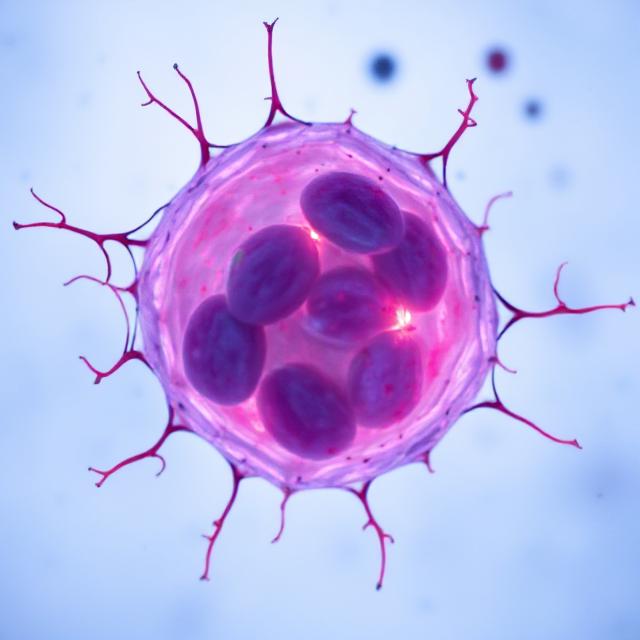What is Self-Reproduction?
Self-reproduction is a key feature of all living things. It means that an organism can make copies of itself, ensuring its species continues over time. In natural life, this process is controlled by complex chemistry inside cells. Even the simplest living cells, like bacteria, use many coordinated steps to reproduce, all managed by their internal biochemistry.
The Big Question
Scientists have wondered: Do we need all this complex biochemistry for self-reproduction? Or, can we create simple, non-living chemical systems in the lab that can also reproduce themselves? This question is important because it helps us understand how life might have started on Earth, and whether life could exist elsewhere in the universe—maybe even in places very different from Earth.
A New Way to Build Artificial Cells
The study described here introduces a new, biochemistry-free method to create self-reproducing artificial cells—called vesicles. These are tiny, bubble-like structures made from polymers (large molecules made by joining smaller ones together). The process does not use any biological molecules. Instead, it relies on simple chemicals, light, and basic physical principles.
How Does It Work?
– Scientists start with a mixture of simple, non-self-assembling molecules in water.
– When this mixture is exposed to green light, a chemical reaction called polymerization begins. This reaction joins the small molecules into larger ones called amphiphiles.
– Amphiphiles have a special property: one end likes water, and the other does not. This makes them naturally form bubbles (vesicles) in water.
– As the reaction continues, more amphiphiles are made, and more vesicles form.
The Growth and Reproduction Process
– The vesicles grow as more amphiphiles are added to them.
– Inside each vesicle, chemical reactions keep happening, making even more amphiphiles.
– When a vesicle gets too full, some of its contents are released, forming new vesicles. This is similar to how living cells divide and reproduce.
– The process leads to a rapid, nonlinear increase in the number of vesicles—meaning they multiply quickly, not just by slow, steady growth but by bursts of reproduction.
Why Is This Important?
– This artificial system mimics some of the most important features of living cells: self-assembly, growth, and self-reproduction.
– The process happens without any biological molecules, showing that life-like behaviors can emerge from simple chemistry and physics.
– The vesicles even show a kind of “heritable variation”—they can pass on certain features to their “offspring,” which is a basic requirement for evolution.
Implications for Science
– This research helps us imagine what the earliest forms of life might have looked like—simple chemical systems that could grow and reproduce before complex biochemistry evolved.
– It opens new possibilities for creating artificial life in the lab, which could help us understand the origin of life and search for life on other planets.
– The findings also have practical uses in developing new materials and chemical systems that can organize and reproduce themselves, much like living things.








